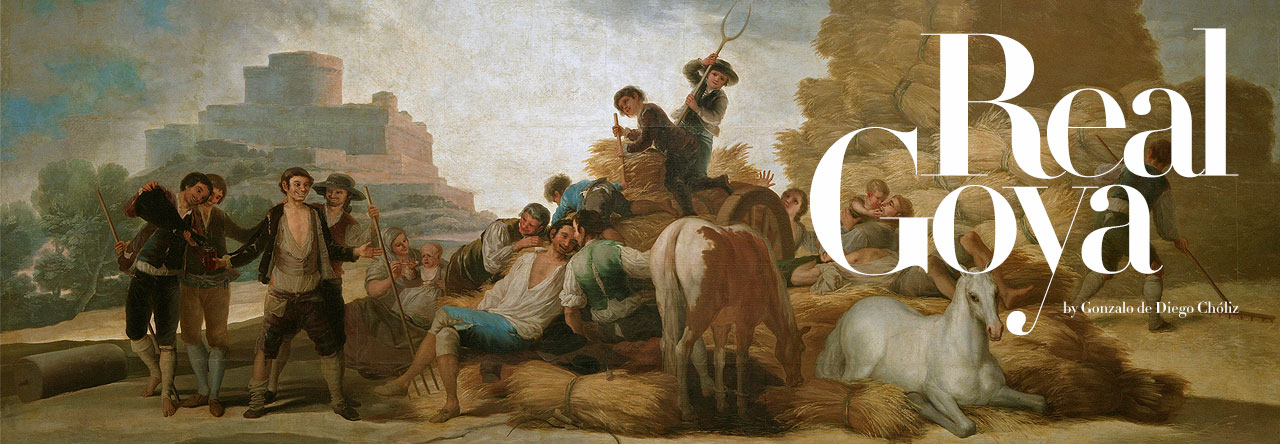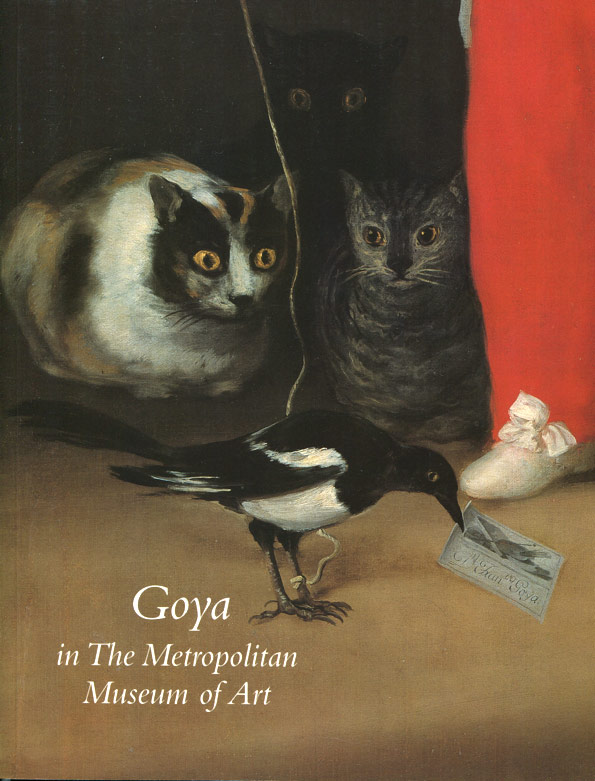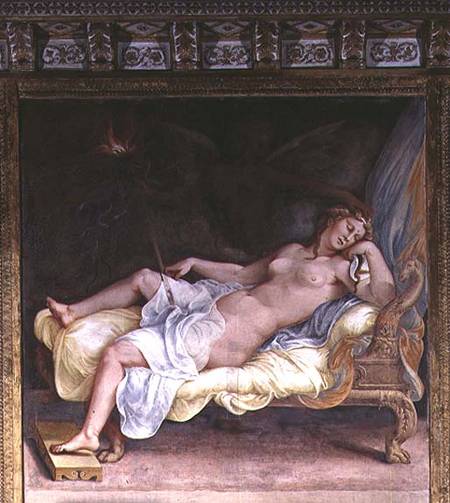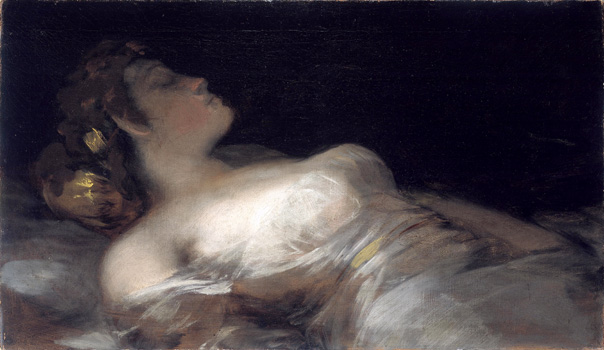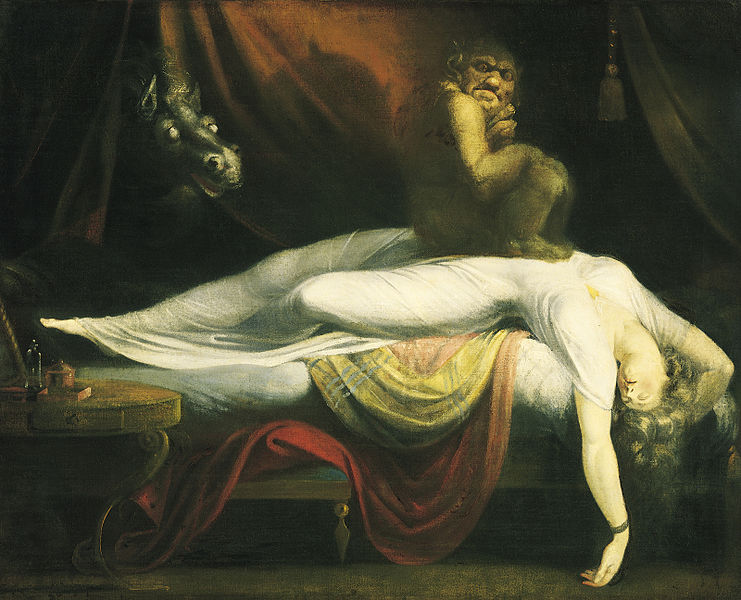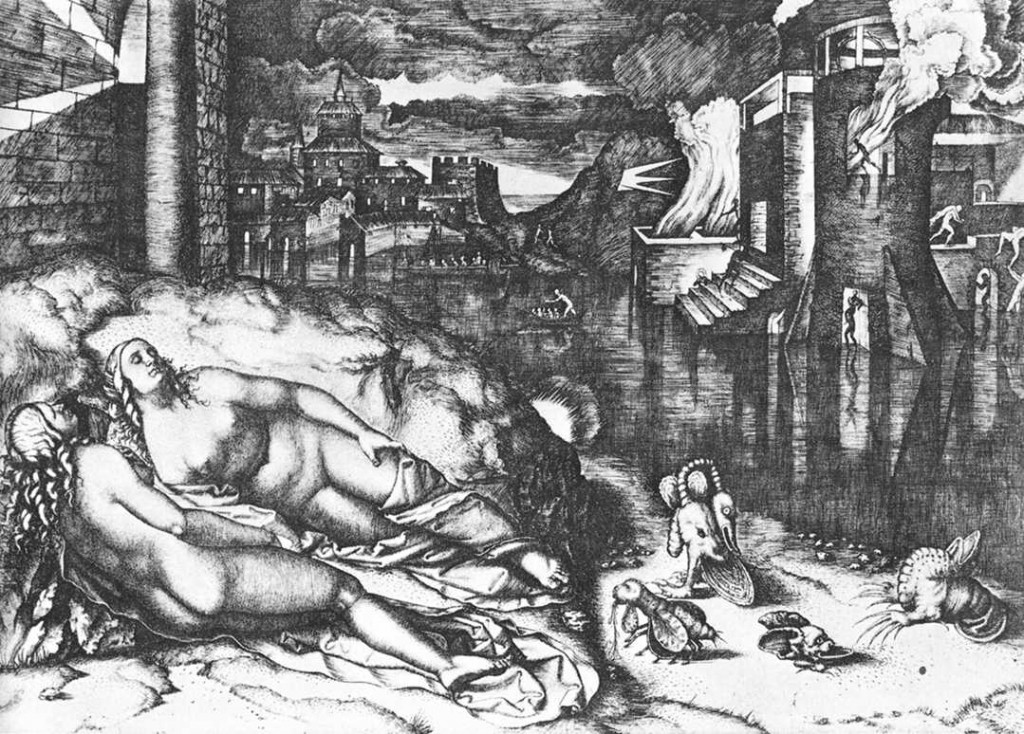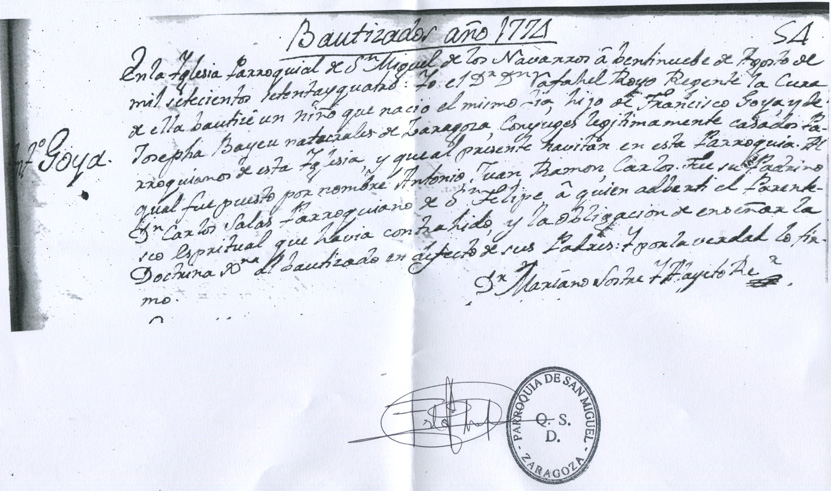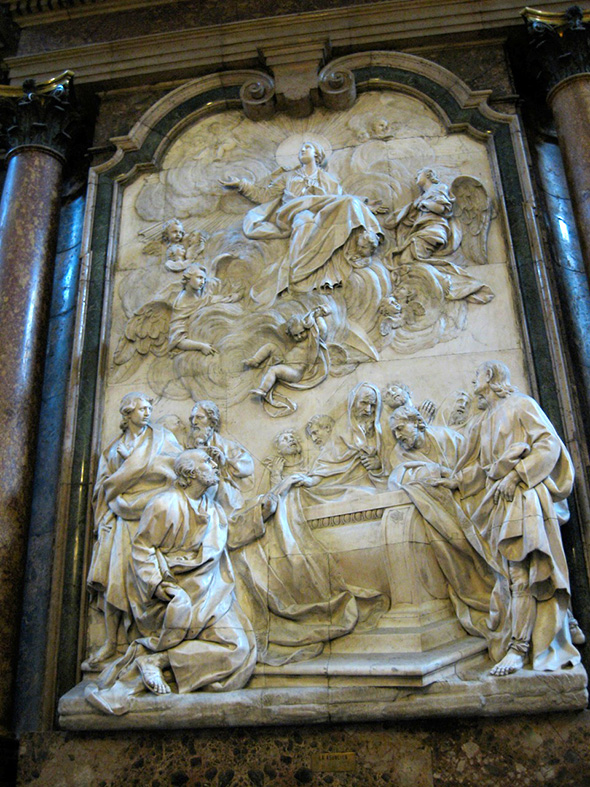Last April 2013 has been “busy” in the Spanish media in relation to Goya and its timeliness.
Perhaps the most remarkable news is the referred to the study presented by the historian Carlos Foradada Baldellou, Professor of the University of Zaragoza, in which strongly affirms that authorship by Goya’s “El Coloso” should not be discussed nor be declassified by Prado Museum’s conservator Manuela Mena. The declassification, made with the endorsement of the director of the Museum, Miguel Zugaza, took place in June 2008.
Professor Foradada already made a very interesting contribution in 2010 with his study of the original contents of the “Black Paintings” by Goya in the photographs of Laurent. “The conclusions of a long process”. Published in Madrid, GOYA Art Magazine, nr. 333. October-December 2010. Pp. 320-339.
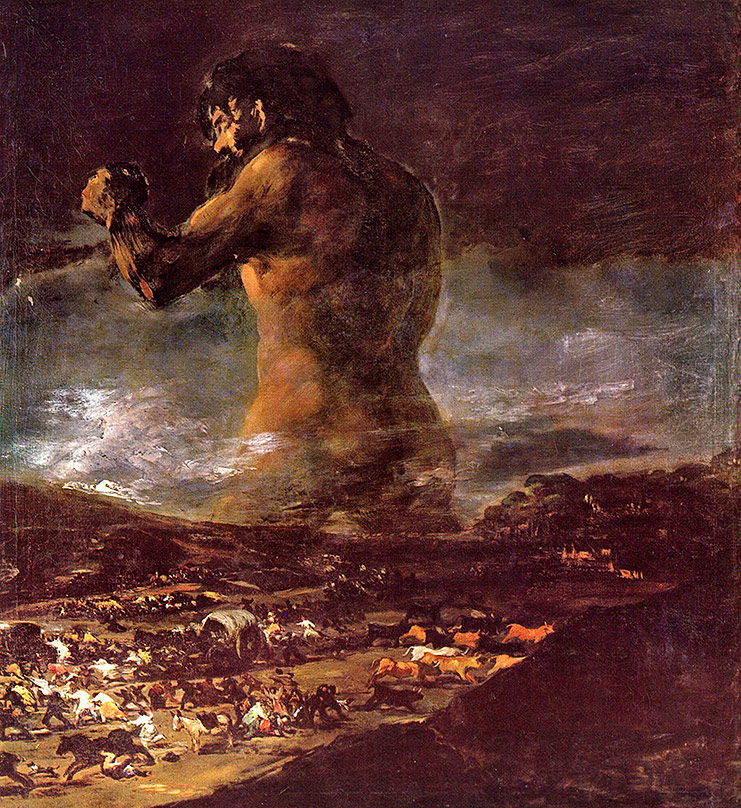
El Coloso. 1808-12 Oleo/lienzo. 116 x 105 cm. Madrid, Museo del Prado
Therefore, Foradada, who has just published his last work in the scientific journal of the Aragonese Association of Art Critics, AACA, focuses on technical issues of the study and development of fine arts, and not exclusively in historiography type arguments like used by Mena in his time to award “El Coloso” to the hand of painter Asensio Juliá.
That unexpected declassify was reported adversely by the recently deceased Nigel Glendinning, possibly then the most serious and respected specialist in Goya, who the 1st July 2008 expressed his flatly contrary opinion, and said forcefully that «what is happening is serious and sad, the Prado Museum admits things without sufficient study»
For anyone who has a curiosity for the study of arts in general, and drawing and painting in particular, will not result too strange the conscientious, very precise and full of seriousness and smartness way the great British specialists, such as Glendinning, put in their admirable research work. These rigorous work methods try, usually with success, to meet exactly all the positive and negative aspects of each question, assaying up the details and most trivial strokes. So well, this comprehensive way of working is also that regularly used by the most prestigious cultural institutions in the world, in countries such as the United States, Germany, France, Italy or Poland, to name a few, among them, in good law, is Spain. Reason why is painfully remarkable the improvised way the Prado Museum concluded its declassification in 2008, and completed it with a ruling by January 2009 in which stated that the picture is from a indeterminate disciple of Goya, not even being able to ensure that was Juliá.
In his latest work, Foradada places the painting in its historical context and point out the influences of war events of the moment on his way to see the painting. It also confronts the picture with the known equestrian portrait of general Palafox, as well as emphasizes the painting technique used by Goya at that time. Free from prejudice of low value, and aside from subjective personal tastes more or less decisive, it systematizes and argues its study by denying the declassifying of “El Coloso” and ensuring that the Prado Museum “will have to rectify sooner or later”.
With similar arguments, Foradada reasonably refers to the declassification by Mena of both the portrait of Marianito Goya and “La lechera de Burdeos” (“The milkmaid of Bordeaux”).
Don Manuel Osorio Manrique de Zuñiga (detalle) Oleo / lienzo. 127 x 101,6 cm. Nueva York, Metropolitan Museum. The Jules Bache Collection, 1949 (49.7.41)
An interesting controversy then, adding new arguments to the ones made by most of the experts in the work of Goya, and pop up impressions that imply very different ways to classify the great masters of the universal History of Art. Because one thing is that Rembrandt Research re-classified all the paintings of the master of chiaroscuro, affecting the Museum or any collection that would affect, and that the affected Museum give or fails to give explanations such as “they were not painted by Rembrandt, but are from that time”. Or the reasoned, rigorous and necessary new classification of their Goyas done by the Metropolitan Museum of New York, directed by Philippe de Montebello in September 1995. That decision was, openly, trying to avoid disputes in regard with the authenticity and the best or worst attribution of certain works long considered as from the hand of Goya. But another quite different is what in Spain seems a sudden and subjective mistake of the Prado, in the confused and poorly adjusted operation of 2008 which continues revealing today, as did then, as hasty as useless.
Gonzalo de Diego
